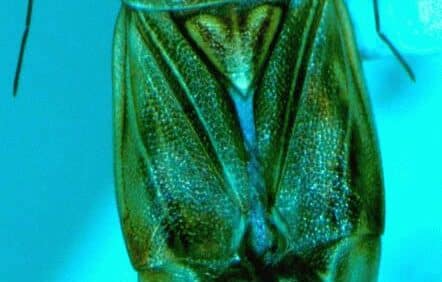Three main lygus species are pests of canola in Canada. Colour and shape are somewhat different, but each should be counted equally when sweep netting and making spray decisions.
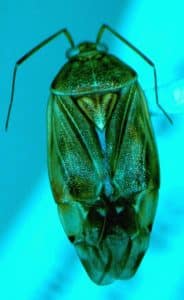
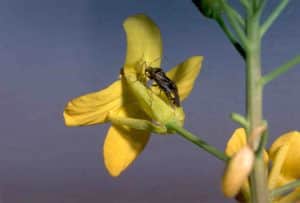
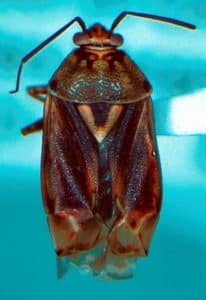
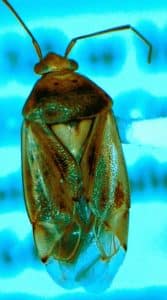
Also include late-instar nymphs in the counts. Nymphs are young lygus, and only the larger nymphs do enough damage to be included in sweep net counts. A key feature is the black dots on the back. Count nymphs with developing windpads or dark shoulderblade. Don’t count them if they’re small and don’t have the any sign of a dark growth where wings will be developing soon.
These small nymphs don’t feed very aggressively, and they are vulnerable to heavy rains and wind that push them down in the canopy or to the ground where they drown or get eaten by other insects.
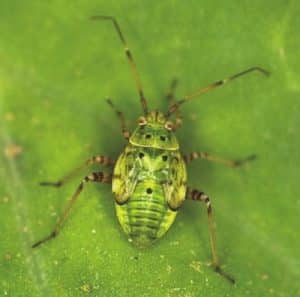
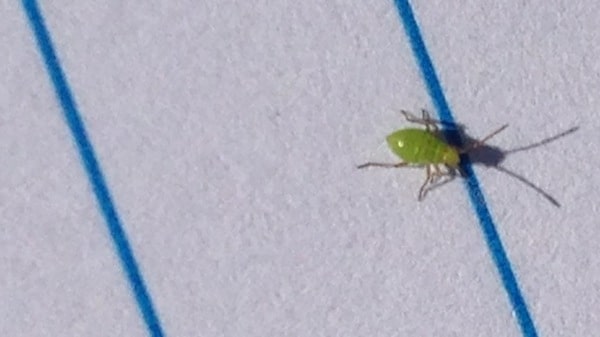
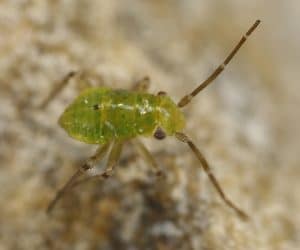
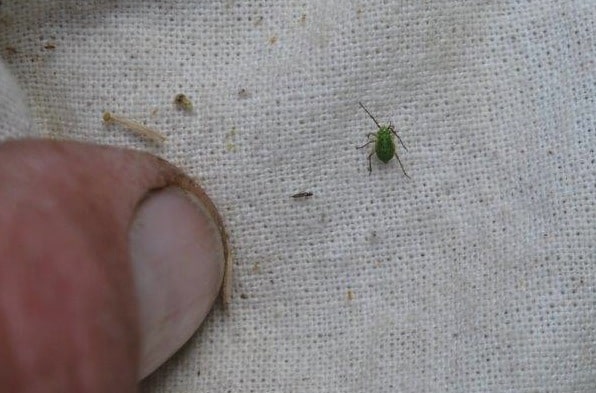
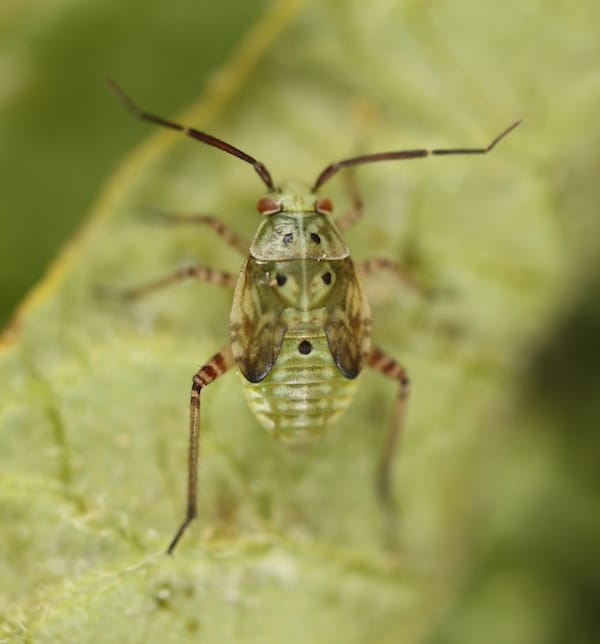
Click here for more on lygus thresholds and when it pays to spray.

